About Batillipes Kalami:
- This newly discovered species from Mandapam in southeast Tamil Nadu belongs to the genus Batillipes.
- It is the second marine tardigrade to be discovered in Indian waters and the first one from the east coast.
- It is also the first taxonomically described species belonging to the genus Batillipes from India.
- It is the 37th species of the genus Batillipes.
- Features
- Size-wise it averages 170 micrometres (0.17 mm) in length and around 50 micrometres (0.05 mm) in width.
- It has a trapezoid-shaped head with sharp-tipped filament-like appendages (cirri) extending from it.
- All four pairs of legs possess sensory spines of varying lengths.
- The females are slightly bigger compared to the males.
Key points about Tardigrades
- Tardigrades are extremely tiny animals whose size is measured in micrometres.
- Their microscopic size, however, belies their toughness.
- They are known for their extraordinary resilience and survival instincts.
- Studied using microscopes, these water-dwelling animals are also known as ‘water bears.’
About the Liptako-Gourma Charter:
- The Liptako-Gourma Charter establishes the Alliance of Sahel States (AES).
- Its aim is to "establish an architecture of collective defence and mutual assistance for the benefit of the population.
- This alliance will be a combination of military and economic efforts between the three countries.
- The charter binds the signatories to assist one another, including militarily — in the event of an attack on any one of them.
- It also binds the three countries to work to prevent or settle armed rebellions.
Liptako-Gourma region
- It is the region where the Mali, Burkina Faso, and Niger borders meet.
- It has been ravaged by jihadist insurgency in recent years.
Key points about Alliance of Sahel States
- The junta leaders of Mali, Burkina Faso and Niger signed a charter to establish a defence alliance known as the Alliance of Sahel States.
- Under this alliance, any attack on one or more signatory states will be considered an attack on all signatories.
- The alliance between three West African states, all ruled by military juntas and former French colonies.
- These three countries were also members of the France-supported G5 Sahel alliance joint force, with Chad and Mauritania being the other two allies.
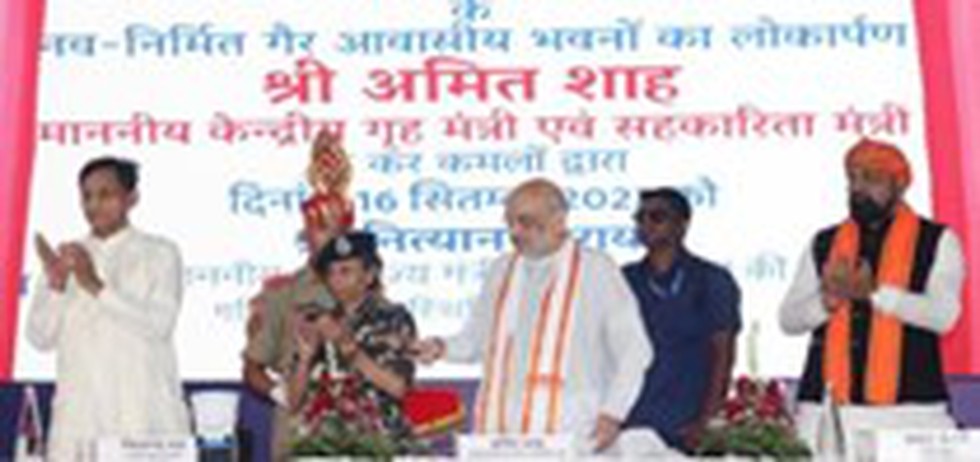
About the Land Ports Authority of India:
- It is an authority constituted under the Land Ports Authority Act, 2010.
- It was constituted for the development and management of facilities for cross-border movement of passengers and goods at designated points along the international borders of India.
- Mandate:It is responsible for creating, upgrading, maintaining and managing border infrastructure in India. It manages several Integrated Check Posts (ICPs) all across the Borders of India.
- Composition
- Chairperson and Members are appointed by Central Government.
- Tenure: Both Chairperson and Members have tenure for a period of five years from the date on which he assumes office and till he attains the age of sixty years, whichever is earlier.
- Functions: It is mandated to develop, sanitize and manage the facilities for cross border movement of passengers and goods at designated points along the international borders of India.
- Nodal ministry: Ministry of Home Affairs.
About Nyukmadung Dairy:
- It is located at the farm of the Indian Council for Agricultural Research-National Research Centre on Yak.
- The farm in the West Kameng district is about 25 km from Dirang, where the yak research centre is situated.
- Objective: To make yak farming more remunerative by making yak milk and its diverse derivatives popular.
Key points about Yak
- The yak (Poephagus grunniens) is the lifeline of highland ethnic communities living in the Himalayan and trans-Himalayan regions.
- Distribution: It is found on the heights of Arunachal Pradesh, Sikkim, Himachal Pradesh, and Ladakh.
- The animal sustains the livelihood of the highlanders by yielding milk, meat, fibre, hide, and dung apart from being used for transportation.
- Yak milk and milk products are the integral components of the diet of these highland communities thriving in an extremely hypoxic and harsh environment without vitamin and mineral supplements.
- Yak milk is creamy white, thick, sweetish, fragrant, and richer in protein, fat, lactose, minerals, and total solids than cow milk.
- In general, yak milk is considered naturally concentrated milk enriched with a higher nutrient density and loaded with omega-3 fatty acids, amino acids, and antioxidants.
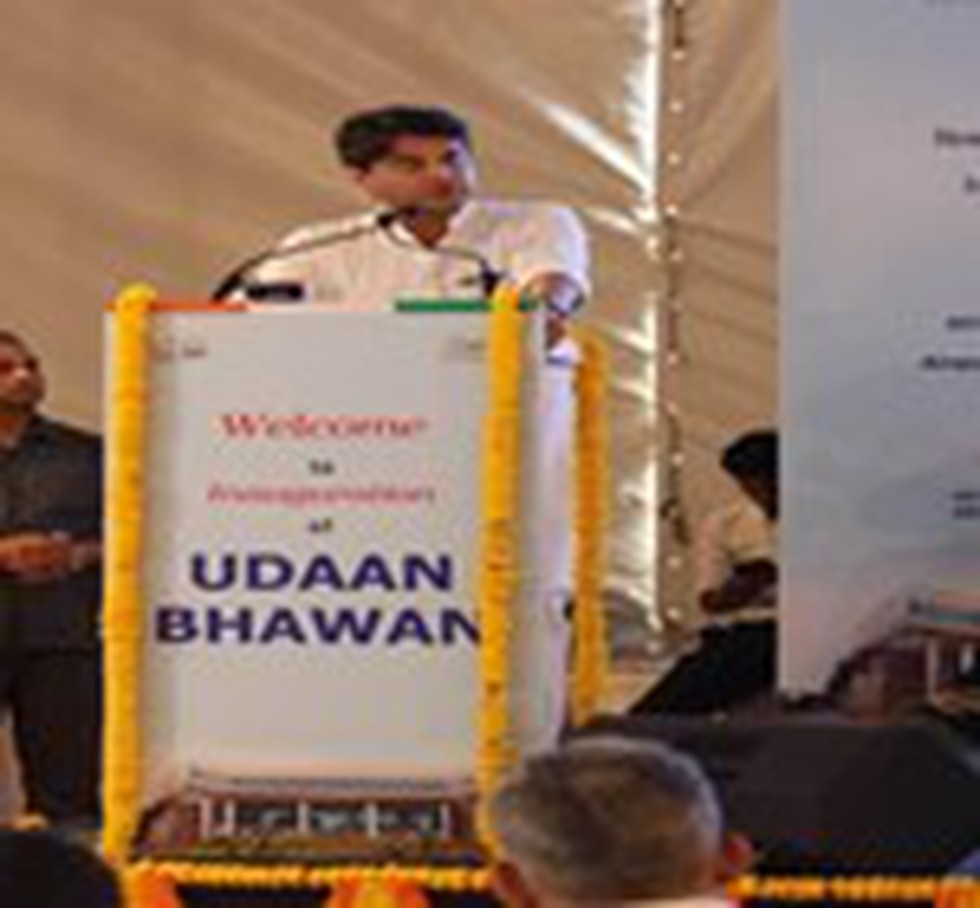
About Bharatkosh portal:
- It is the initiative of the Controller General of Accounts, Ministry of Finance, Government of India.
- It provides one-stop services to deposit any fees/fine/other money into the government's account.
- It converges all the Civil Ministries/Departments of the Government of India.
- It aims to provide 24X7 year-round electronic services to deposit money into Government account using internet-based payment technologies to the users at the door step through the web-based portal.
- It thus leverages the e-Governance commitment of the Government to provide e-efficient, e-effective, e-excellent government anywhere anytime.
How will the e-wallet facility work?
- The e-wallet will be particularly useful for processing of fees for various regulatory approvals in the Bharat Kosh portal.
- It acts as a prepaid wallet that would enable registered users to add funds in advance.
- Initially, only NEFT/RTGS mode will be allowed for adding funds. The users would also be able to generate receipt and challan instantly.
- The process will enable the generation of receipts and challans instantly, eliminating the problem of failed bank transactions.
- The facility will only be available to registered Bharatkosh users, wherein a unique wallet ID will be generated for each user to manage the wallet transactions.
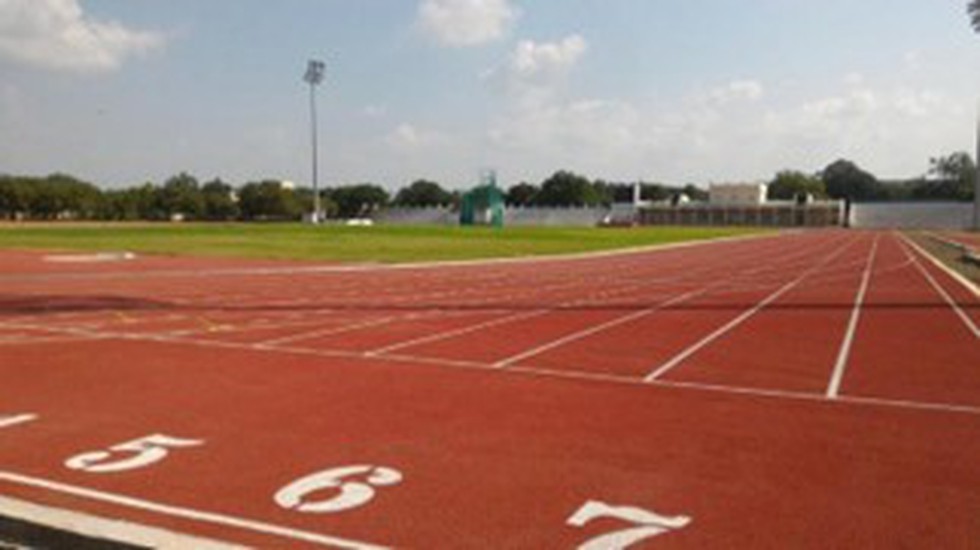
About the Pandit Deendayal Upadhyay National Welfare Fund for Sportspersons (PDUNWFS):
- It was set up in March, 1982 with a view to assisting outstanding Sportspersons of yesteryear, living in indigent circumstances, who had brought glory to the Country in sports.
- The scheme as revised in May, 2016 to provide for lump sum ex-gratia assistance to outstanding Sportspersons of yesteryears.
- It extends to the whole of India.
- The scheme promotes the welfare of the sportspersons generally in order to alleviate distress among them and their dependents.
- The scheme can be administered to active sportspersons individually or collectively as a group.
- Benefits:
- Assistance to sportspersons living in indigent circumstances:
- A lumpsum ex-gratia financial assistance subject to a maximum of Rs. 5 lakh.
- Monthly pension of Rs. 5000/- to those yesteryears meritorious sportspersons now living in indigent circumstances.
- Assistance for injuries sustained during training for and participation in Sports competitions: A lumpsum ex-gratia financial assistance subject to a maximum of Rs. 10 lakh.
- Assistance to Families of deceased Outstanding Sportspersons: A lumpsum ex- gratia financial assistance, not exceeding Rs. 5.00 lakh in each case, may be provided to the families of deceased outstanding sportspersons living in indigent circumstances.
- Assistance for Medical Treatment: Financial assistance not exceeding Rs. 10 lakh may be provided for medical treatment of an outstanding sportsperson or of any of his/her family members living in indigent circumstances.
- Assistance to coaches, support personnel, umpires, referees and match officials: Lumpsum financial assistance, not exceeding Rs. 2 lakh, may be provided to coaches and support personnel and to the family members of deceased support personnel who are living in indigent circumstances.
- Assistance to sportspersons living in indigent circumstances:
- Eligibility:
- The applicant must be a Serving or Retired Sportsperson (including sports doctors, sports psychologists, sports mentors, physiotherapists, masseurs, coaches, support personnel, umpires, referees, and match officials).
- The applicant must have represented India at a National or International Level sports competition.
- The Annual income of self/family of the applicant (from all sources) must be less than Rs. 4 LPA.
- The applicant must qualify as one of the following.
- Injured during the period of their training for competitions and also during the competitions.
- Disabled as an after-effect of their strenuous training or otherwise.
- Living in indigent circumstances.
- Dependent of a deceased sportsperson.
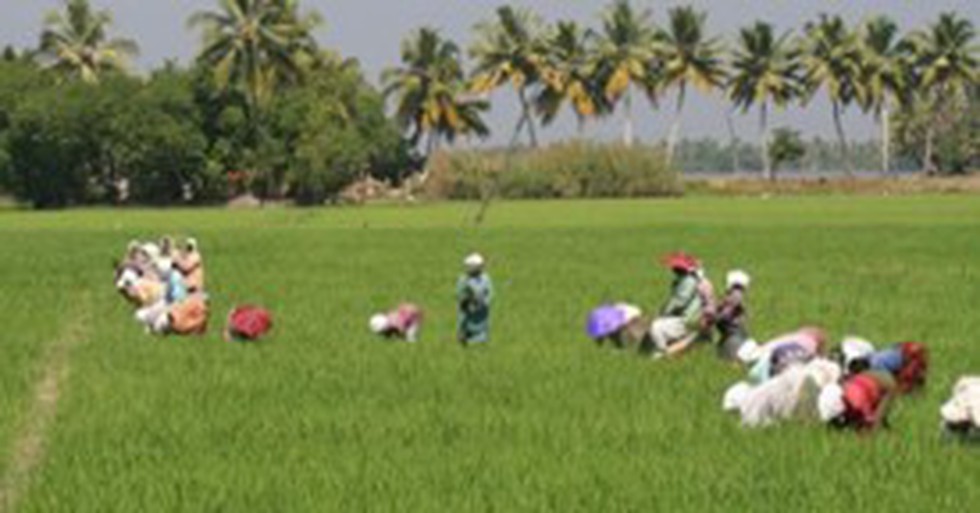
Why in the news?
- The manual provides stakeholders with an in-depth understanding of the WINDS portal's functionalities, data interpretation, and effective utilisation, empowering farmers, policymakers, and various agricultural entities to make well-informed choices.
About the Weather Information Network Data Systems (WINDS) portal:
- It was launched in July, 2023 by the Ministry of Agriculture and Farmers' Welfare to leverage advanced weather data analytics to give stakeholders actionable insight to make informed weather decisions on agriculture.
- Crucial weather-related information and data will be available to the farmers through WINDS.
- The portal also shares the ministry's parametric crop insurance scheme, along with non-scheme parametric insurance industry. programmes for crop risk mitigation and disaster risk reduction and mitigation being run by the insurance industry.
- The WINDS initiative is laying emphasis on setting up a strong network of weather stations.
- Through this initiative, the target is to establish a wide network of weather stations at the block and gram panchayat level.
- This extensive network of weather stations will enable accurate monitoring of weather patterns, effective planning, risk assessment and timely response to meteorological challenges.
- The goal is to bridge the gap in weather information availability and empower decision makers, farmers and stakeholders at the grassroots level.
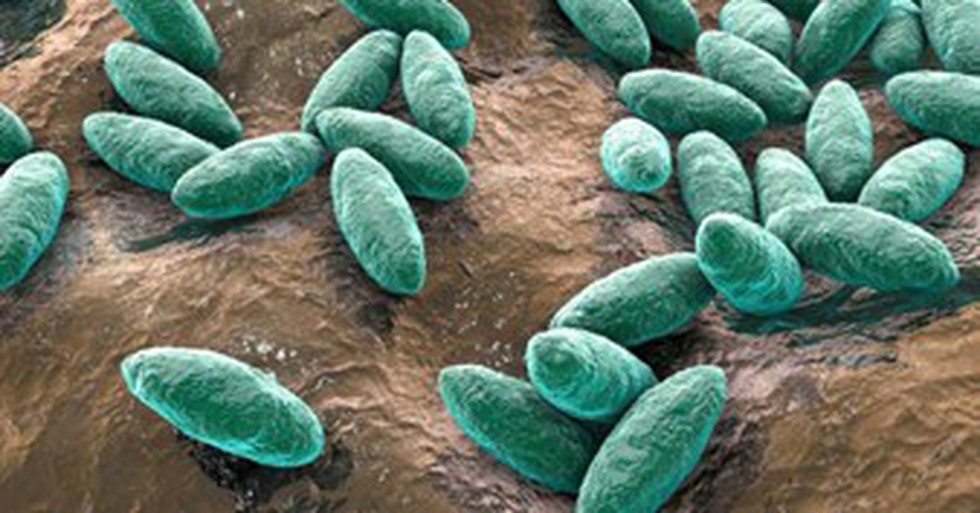
About Brucella canis:
- It is an infectious disease caused by the bacteria Brucella canis.
- It is highly contagious between dogs.
- It can cause infertility, mobility issues, and discomfort in affected dogs.
- Different species of Brucella infect sheep, goats, cattle, deer, elk, pigs, and other animals.
- Transmission:
- Dogs typically contract Brucella canis through contact with infected body fluids, such as urine, vaginal discharge, or reproductive fluids, from other infected dogs.
- It can be transmitted to humans through contact with infected bodily fluids.
- Symptoms: It can manifest in various ways and may include symptoms such as lethargy, fever, swollen lymph nodes, reproductive problems (such as infertility and spontaneous abortion in females), joint pain, and testicular swelling in males.
- Treatment:
- In dogs, the disease is untreatable, and government guidelines advocate for euthanasia as the recommended course of action.
- Infected dogs are typically isolated to prevent further spread of the disease.
- Antibiotics may be prescribed to manage symptoms and reduce the bacterial load.
- However, for humans, effective treatment is available through an extended regimen of antibiotics.
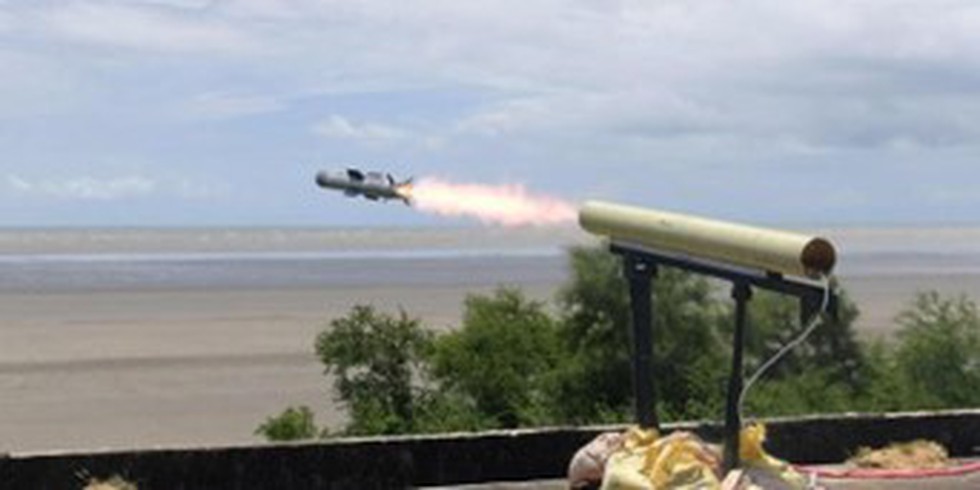
About the Dhruvastra Missile:
- It is a helicopter-launched anti-tank guided missile (ATGM) system.
- It is a short-range air-to-surface missile.
- It was indigenously developed by the Defence Research and Development Organisation (DRDO).
- Dhruvastra is the Air Force’s version of Helina (Helicopter-launched Nag missile) ATGM.
- Features:
- It is equipped with Imaging Infrared (IIR) seeker and operates in “lock on before launch” mode.
- The fire and forget missile has a minimum range of 500 metres and a maximum range of 7 kilometres.
- It can be launched from an altitude of up to 4 kilometres and can hit targets moving at speeds of up to 70 kilometres per hour.
- The missile can engage targets both in direct hit mode as well as top attack mode.
- It works in all kinds of weather, during the day or night, and in various types of terrain, such as deserts, plains, hills and forests.
What is Man-Portable Anti-Tank Guided Missile (MPATGM)?
- It is a man-portable version of the Nag missile.
- It was developed by DRDO.
- It can be carried and fired by infantry soldiers.
- The MPATGM has a range of 2.5 kilometres and can be used for short-range anti-tank missions.
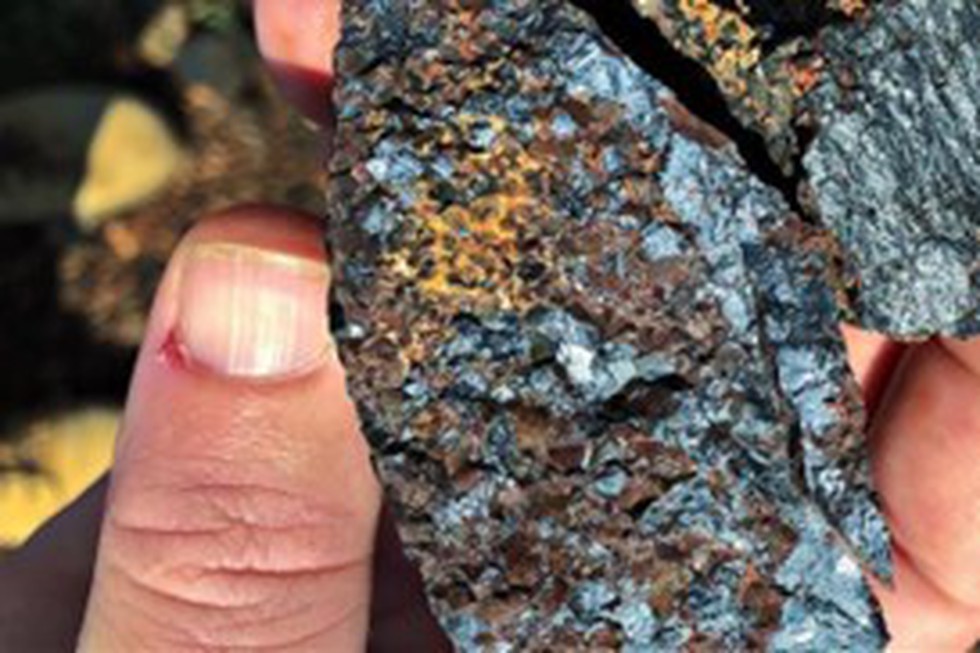
About Vanadium:
- It is a chemical element with the symbol "V" and atomic number 23.
- It is a silver-gray, ductile, and malleable metallic element.
- It is harder than most metals and exhibits good corrosion resistance against alkalis and acids.
- History:
- It was discovered (1801) by the Spanish mineralogist Andrés Manuel del Río, who named it erythronium but eventually came to believe it was merely impure chromium.
- The element was rediscovered (1830) by the Swedish chemist Nils Gabriel Sefström, who named it after Vanadis, the Scandinavian goddess of beauty and youth.
- The English chemist Henry Enfield Roscoe first isolated the metal in 1867 by hydrogen reduction of vanadium dichloride.
- Occurrence:
- Found combined in various minerals, coal, and petroleum, vanadium is the 22nd most abundant element in Earth’s crust.
- It is found in over 60 different minerals, including vanadinite, carnotite, roscoelite, and patronite.
- The largest resources of vanadium minerals are found in South Africa and Russia.
- Leading Producers: China, South Africa, and Russia.
- Applications:
- Alloys:
- One of the primary uses of vanadium is as an alloying element in steel and other metals.
- Vanadium steel, for example, is known for its strength, toughness, and ability to maintain hardness at high temperatures. It is commonly used in tools, cutlery, and structural materials.
- In Vanadium Flow Batteries (VFBs), vanadium is used to create a reliable, safe and stable solution for the storage of renewable energy.
- Chemical Catalysts: Vanadium compounds are used as catalysts in various chemical reactions, such as the production of sulfuric acid.
- Nuclear Applications: Vanadium is used in some nuclear reactors as a structural material and neutron moderator.
- In the medical sphere, vanadium is used to treat a number of ailments, including diabetes, heart disease and high cholesterol.
- Alloys:
Key Facts about the Gulf of Khambhat:
- It is an inlet of the Arabian Sea along the west coast of India, in the state of Gujarat.
- Earlier, it was known as the Gulf of Cambay.
- Stretching for about 80 miles, it divides the Kathiawar Peninsula from the south-eastern part of Gujarat.
- Rivers: The Narmada, Tapti, Mahi, and Sabarmati rivers drain into it.
- Geography:
- It is a relatively shallow and enclosed body of water, characterized by its tidal movements and extensive mudflats.
- It is known for having one of the highest tidal ranges in the world, with tides that can rise and fall dramatically.
- There are some coral reefs around small inlets in the western part of the Gulf.





























































































































































.png)
.png)
.png)
.png)
.png)


.png)
.png)
.png)





.png)
.png)






.png)
.png)
.png)
.png)
.png)
.png)
.png)
.png)
.png)

.png)







.png)
.png)


.png)
.png)
.png)


.png)

.png)
.png)


.jpg)

.png)
.png)


.png)

.png)
.png)
.png)

.jpg)

.jpg)


.png)

.png)
.png)
.png)
.png)
.png)
.png)
.png)
.png)
.png)
.png)




.png)

.png)





.png)
.png)
.png)
.png)
.png)
.png)
.png)
.png)
.png)
.png)
.jpg)
.jpg)

.png)
.png)
.png)
.png)
.png)
.png)
.png)
.png)
.png)
.png)
.png)
.png)
.png)
.png)
.png)
.png)
.png)
.png)
.png)
.png)
.png)
.png)



.png)
.png)

.jpg)
.jpg)


.jpg)
.jpg)
.jpg)
.jpg)
.jpg)

.jpg)








.jpg)
.jpg)
.jpg)
.jpg)
.jpg)

















.jpg)
.jpg)







.jpg)


















.jpg)
.jpg)






























































































.jpg)
.jpg)


























.jpg)

.jpg)










.jpg)








.jpg)




.jpg)










.jpg)


















.jpg)












































.jpg)














.jpg)
.jpg)
.jpg)





.jpg)

.jpg)
.jpg)





































































.jpg)


































.jpg)
.jpg)
















































.jpg)












.jpg)


.jpg)




.jpg)
.jpg)
.jpg)

.jpg)
.jpg)
.jpg)
.jpg)

.jpg)
.jpg)
.jpg)

.jpg)
.jpg)
.jpg)
.jpg)
.jpg)
.jpg)
.jpg)
.jpg)

.jpg)


.jpg)
.jpg)
.jpg)
.jpg)
.jpg)
.jpg)
.jpg)
.jpg)
.jpg)
.jpg)











.jpg)
.jpg)





.jpg)
.jpg)
.jpg)
























.jpg)
























.jpg)









.jpg)
.jpg)







.jpg)
.jpg)









































.jpg)
.jpg)
.jpg)
.jpg)
.jpg)

.jpg)
.jpg)
.jpg)
.jpg)
.jpg)


.jpg)
.jpg)
.jpg)
.jpg)
.jpg)

.jpg)
.jpg)
.jpg)
.jpg)
.jpg)
.jpg)
.jpg)
.jpg)
.jpg)
.jpg)
.png)

.png)
.png)

.png)
.png)
.png)
.png)


.jpg)
.jpg)

.jpg)
.jpg)
.jpg)

.png)
.png)
.png)
.png)
.png)
.png)
.png)

.png)
.png)
.png)
.png)
.png)
.png)
.png)
.png)
.png)
.png)





































































-min.png)



.png)




.png)








































